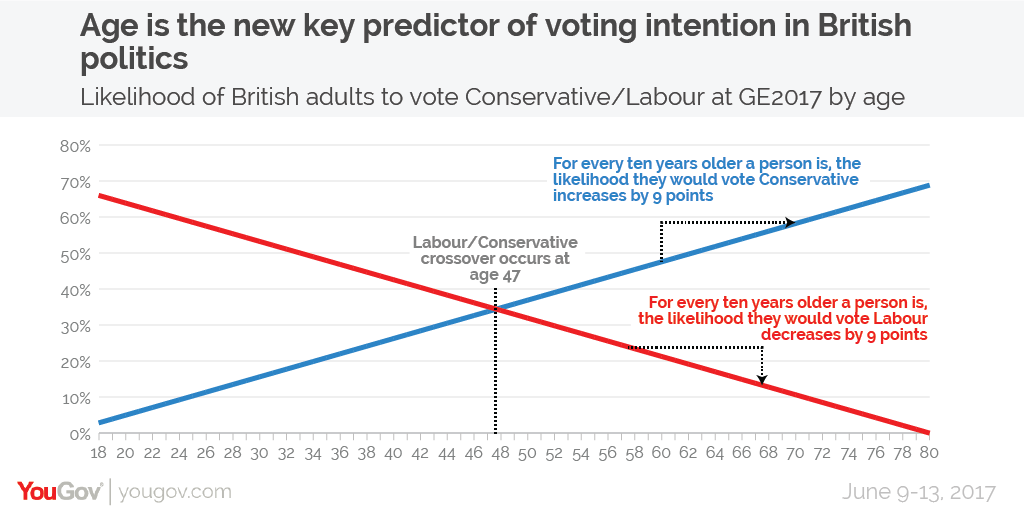When the Pew Research Center asked Americans in 2013 whether they would use technologies that allowed them to live to 120 or beyond, 56 percent said no. Two-thirds of respondents believed that radically longer life spans would strain natural resources, and that these treatments would only ever be available to the wealthy.But if these treatments were more widely available, there would be severe economic consequences. A recent report from the Social Security Administration suggests that too many people aged 65 and older in the U.S. are too reliant on Social Security for their income.
This note examines reliance on Social Security bene ts among people aged 65 or older as mea- sured by the 2015 CPS and two other major surveys. All three surveys report that roughly half of the aged popu- lation live in households that receive at least 50 percent of total family income from Social Security and about one-quarter of the aged live in households that receive at least 90 percent of family income from Social Security.The problem, of course, is that many people aren't saving enough for their own retirement (as I discuss periodically), but even if they are, that savings plan is based on an expected number of years lived that is well below even 122, much less something beyond that number. And why aren't we saving enough? There are many answers to this question, but a big one revolves around the fact that we live in a society whose economy is based on consumption, not production. Today's Economist Espresso has a short piece on the American economy with the following comment: "Consumers are responsible for almost 70 cents of every dollar spent in America. So when consumption grew only slowly at the start of 2017, growth sagged to 1.4%."
We consume instead of produce in part because lower wages in developing countries (especially China) have made goods cheaper than they were when we were producing them at a higher cost. That seems like a rise in our standard of living, but that is ephemeral. We can buy more, but since we're not producing like we used to, we go into debt more. This is not a sustainable model. As I discuss in the book, in the long run we need to come to grips with the fact that a planet with finite resources cannot tolerate growth forever. That might have seemed possible when we had many fewer billions of people, but it certainly is not now true.
So, the consequences of more people living later into old age will almost certainly be economically catastrophic if we don't dramatically change our way of thinking about the economy in general. On that note, have a good weekend...




